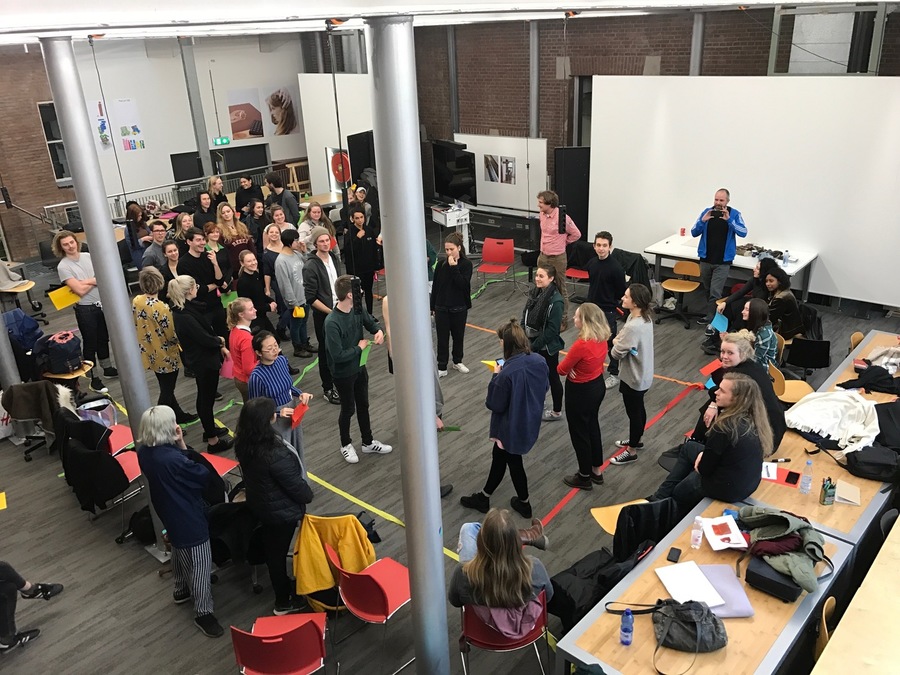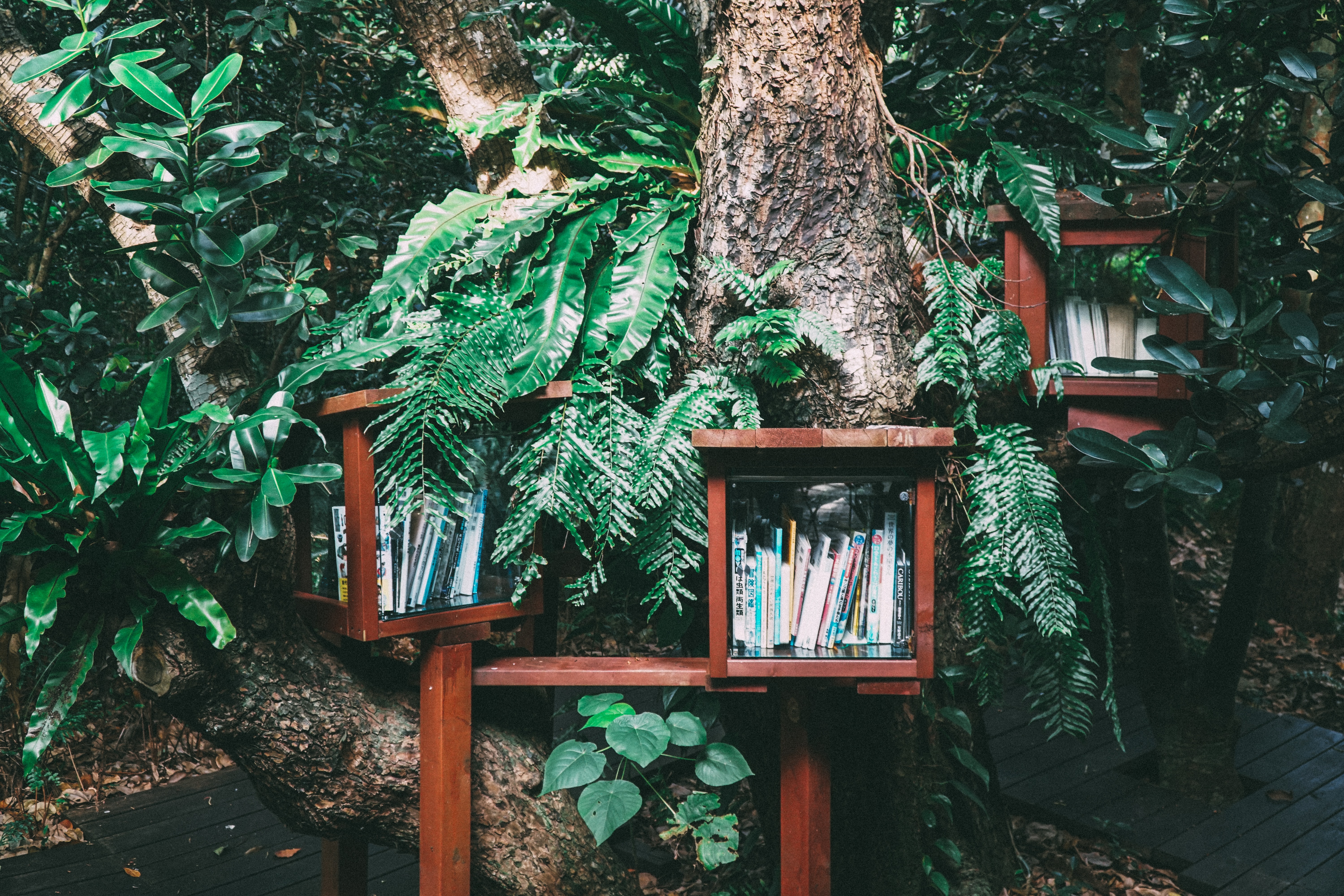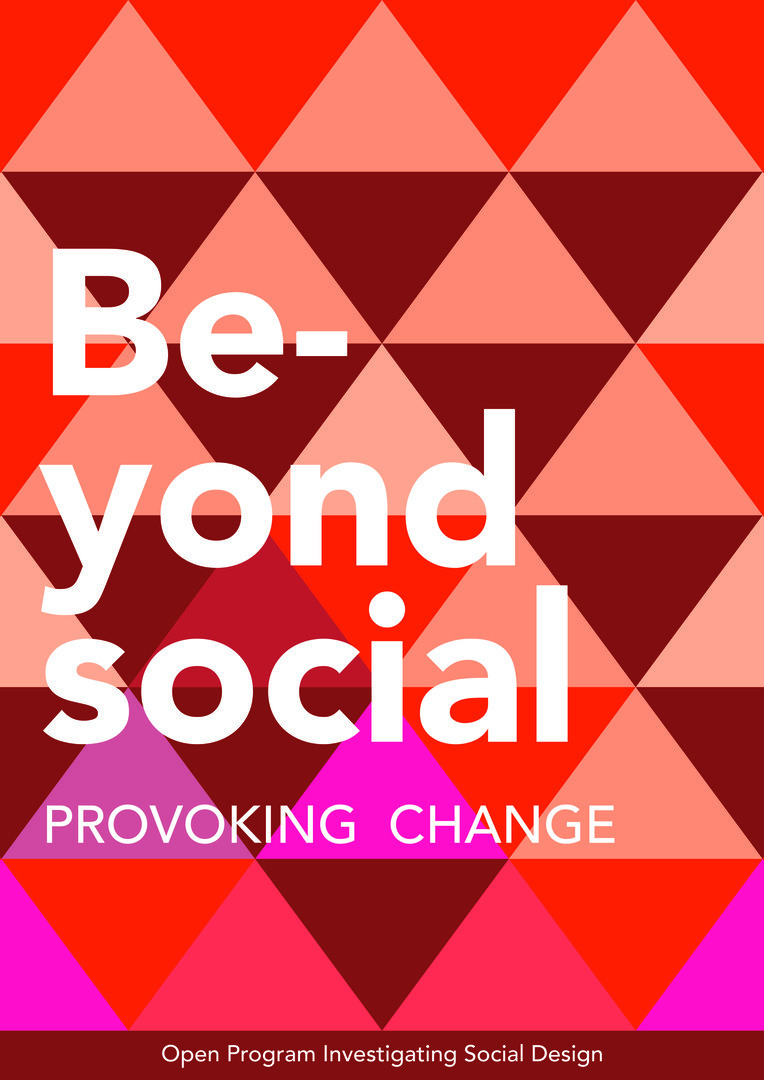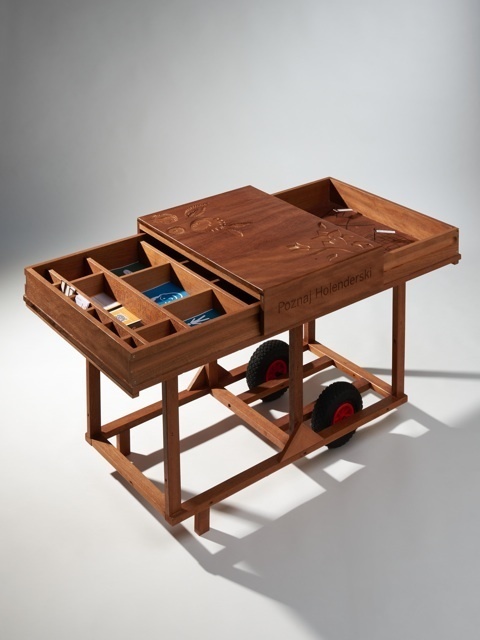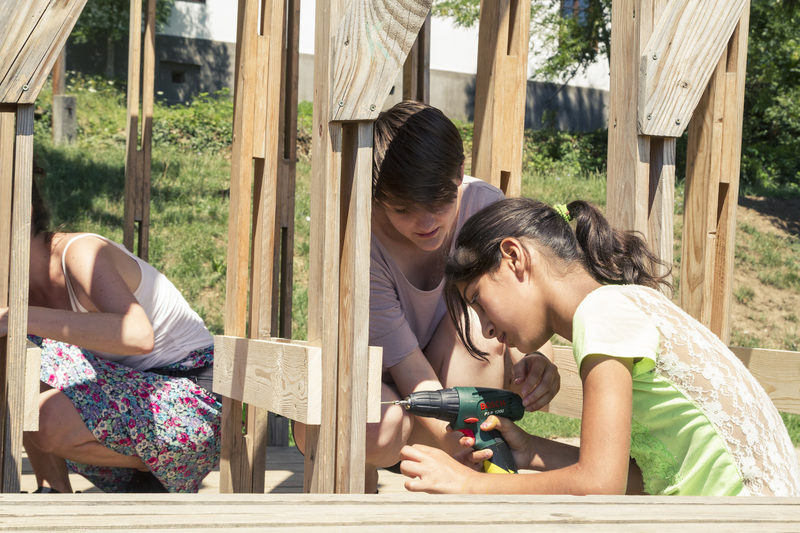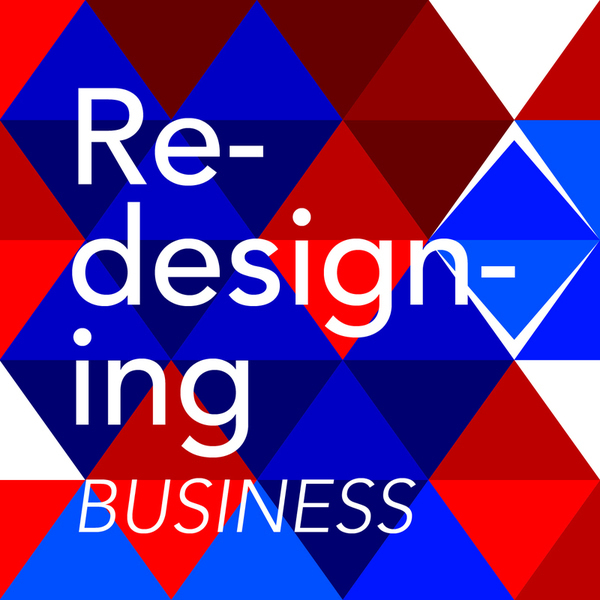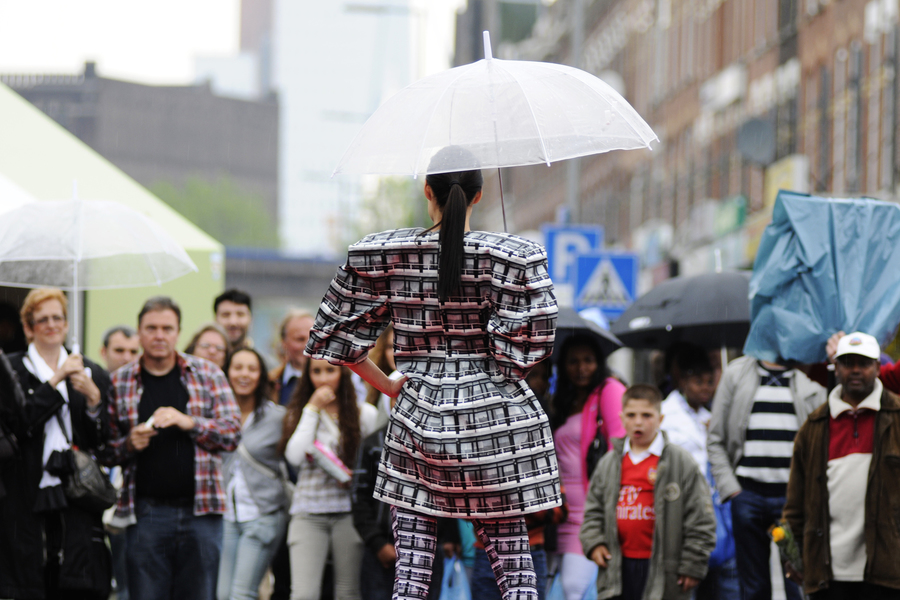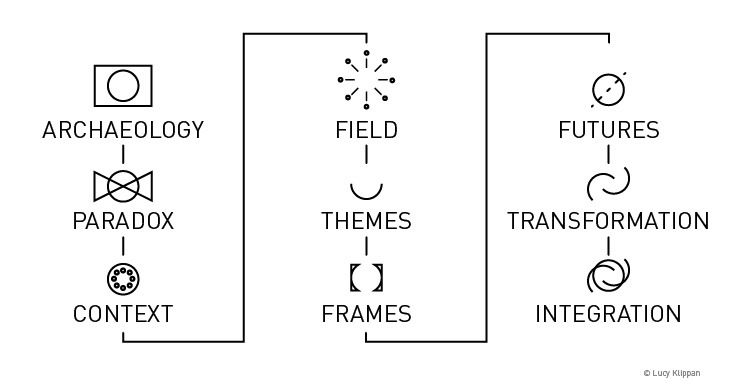Difference between revisions of "Social Design Projects and Positions"
From Beyond Social
m (1 revision imported: import from temporary local wiki) |
|||
| Line 1: | Line 1: | ||
{{Editorial | {{Editorial | ||
| + | |Editor 1=Remko | ||
| + | |Image=Positioning projects.jpg | ||
| + | |Caption=Photo: Workshop Social Practices Q7 | ||
|Title=Social Design Projects and Positions | |Title=Social Design Projects and Positions | ||
|Editor's name=Remko van der Pluijm | |Editor's name=Remko van der Pluijm | ||
| − | |||
| − | |||
|Intro text=There are a number of ways in which to look at social art and design practices. This editorial contains a group of articles in which students were asked to document their favourite community art project. Then, they were asked to assess them based on two different frameworks. The first framework focusses on transformative and artistic power and involvement of the community, while the second adds a political dimension to the positioning. These are discussed by students in Beyond Social in a traditional wiki way (using the accompanying discussion pages). In this way, Beyond Social will slowly develop a mapping of social art and design based on communal agreement on the positioning in these frameworks. | |Intro text=There are a number of ways in which to look at social art and design practices. This editorial contains a group of articles in which students were asked to document their favourite community art project. Then, they were asked to assess them based on two different frameworks. The first framework focusses on transformative and artistic power and involvement of the community, while the second adds a political dimension to the positioning. These are discussed by students in Beyond Social in a traditional wiki way (using the accompanying discussion pages). In this way, Beyond Social will slowly develop a mapping of social art and design based on communal agreement on the positioning in these frameworks. | ||
| Line 22: | Line 23: | ||
}} | }} | ||
{{Article Selection | {{Article Selection | ||
| − | |||
|Notes=This article reviews a youtube movie that criticises in an artistic way the position of woman in Saudi Arabia. It shows how visualisation can be used as an effective method to criticise social inequality. Furthermore, the author argues that the medium of Youtube with the possibility of discussion gives it an extra social dimension, since it maps feelings around such strong issues. | |Notes=This article reviews a youtube movie that criticises in an artistic way the position of woman in Saudi Arabia. It shows how visualisation can be used as an effective method to criticise social inequality. Furthermore, the author argues that the medium of Youtube with the possibility of discussion gives it an extra social dimension, since it maps feelings around such strong issues. | ||
}} | }} | ||
{{Article Selection | {{Article Selection | ||
| − | |||
|Notes=Article on Meindertsma's work of disclosing to the public the origin of pig meat. It suggests on how [[Open Design]] can add to its development and impact. | |Notes=Article on Meindertsma's work of disclosing to the public the origin of pig meat. It suggests on how [[Open Design]] can add to its development and impact. | ||
}} | }} | ||
{{Article Selection | {{Article Selection | ||
| − | |||
|Notes=A well-written article on a graphic novel and animated film called Persepolis. While showing strong autonomous tendencies, the author successfully argues why this should be seen as a form of auto relational and subversive social art (perhaps with some autonomous tendencies). | |Notes=A well-written article on a graphic novel and animated film called Persepolis. While showing strong autonomous tendencies, the author successfully argues why this should be seen as a form of auto relational and subversive social art (perhaps with some autonomous tendencies). | ||
}} | }} | ||
{{Article Selection | {{Article Selection | ||
| − | |||
|Notes=Clear and well-structured article on a social engineering project In which billboards are used to generate drinking water. | |Notes=Clear and well-structured article on a social engineering project In which billboards are used to generate drinking water. | ||
}} | }} | ||
{{Article Selection | {{Article Selection | ||
| − | |||
|Notes=An analysis of an ongoing participatory and travelling social artwork in which women are given credit by giving them a stage via photos in locations where they feel unsafe. Very well documented and suggested how this can be implemented as a project in Rotterdam. | |Notes=An analysis of an ongoing participatory and travelling social artwork in which women are given credit by giving them a stage via photos in locations where they feel unsafe. Very well documented and suggested how this can be implemented as a project in Rotterdam. | ||
}} | }} | ||
| + | {{Editorials more}} | ||
Revision as of 18:58, 10 October 2017
Photo: Workshop Social Practices Q7
Each editorial is a collection of different articles, carefully selected to emphasize a certain issue, topic or theme. More about editorials or explore the selected articles of this editorial.
Introduction
Selected articles
[[File:]]
by
This article reviews a youtube movie that criticises in an artistic way the position of woman in Saudi Arabia. It shows how visualisation can be used as an effective method to criticise social inequality. Furthermore, the author argues that the medium of Youtube with the possibility of discussion gives it an extra social dimension, since it maps feelings around such strong issues.
[[File:]]
by
Article on Meindertsma's work of disclosing to the public the origin of pig meat. It suggests on how Open Design can add to its development and impact.
[[File:]]
by
A well-written article on a graphic novel and animated film called Persepolis. While showing strong autonomous tendencies, the author successfully argues why this should be seen as a form of auto relational and subversive social art (perhaps with some autonomous tendencies).
[[File:]]
by
Clear and well-structured article on a social engineering project In which billboards are used to generate drinking water.
[[File:]]
by
An analysis of an ongoing participatory and travelling social artwork in which women are given credit by giving them a stage via photos in locations where they feel unsafe. Very well documented and suggested how this can be implemented as a project in Rotterdam.
More stacks
